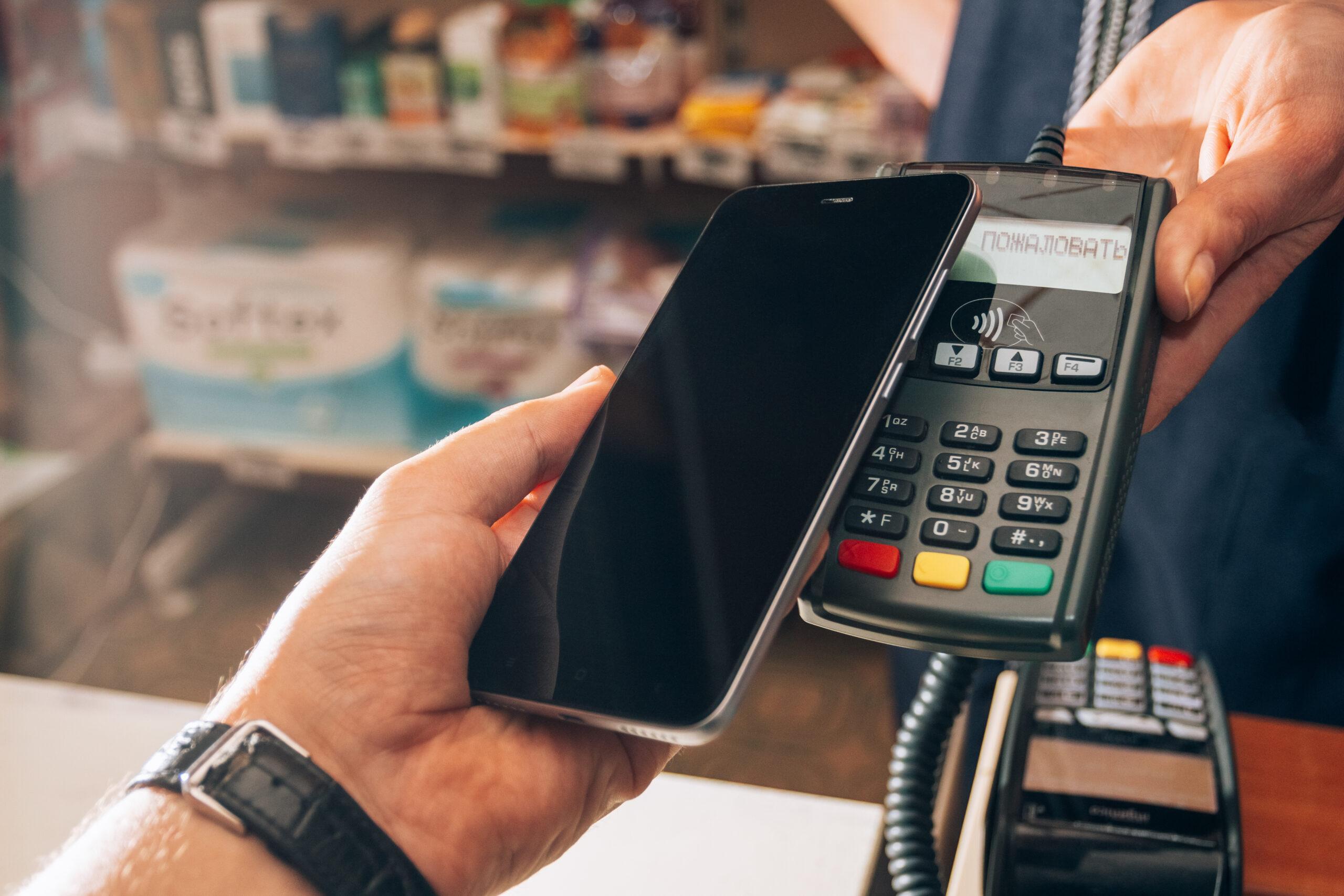MENU
Starting a Business
- Best Small Business Loans
- Best Business Internet Service
- Best Online Payroll Service
- Best Business Phone Systems
Our Top Picks
- OnPay Payroll Review
- ADP Payroll Review
- Ooma Office Review
- RingCentral Review
Our In-Depth Reviews
Finance
- Best Accounting Software
- Best Merchant Services Providers
- Best Credit Card Processors
- Best Mobile Credit Card Processors
Our Top Picks
- Clover Review
- Merchant One Review
- QuickBooks Online Review
- Xero Accounting Review
Our In-Depth Reviews
- Accounting
- Finances
- Financial Solutions
- Funding
Explore More
Human Resources
- Best Human Resources Outsourcing Services
- Best Time and Attendance Software
- Best PEO Services
- Best Business Employee Retirement Plans
Our Top Picks
- Bambee Review
- Rippling HR Software Review
- TriNet Review
- Gusto Payroll Review
Our In-Depth Reviews
- Employees
- HR Solutions
- Hiring
- Managing
Explore More
Marketing and Sales
- Best Text Message Marketing Services
- Best CRM Software
- Best Email Marketing Services
- Best Website Builders
Our Top Picks
- Textedly Review
- Salesforce Review
- EZ Texting Review
- Textline Review
Our In-Depth Reviews
Technology
- Best GPS Fleet Management Software
- Best POS Systems
- Best Employee Monitoring Software
- Best Document Management Software
Our Top Picks
- Verizon Connect Fleet GPS Review
- Zoom Review
- Samsara Review
- Zoho CRM Review
Our In-Depth Reviews
Business Basics
- 4 Simple Steps to Valuing Your Small Business
- How to Write a Business Growth Plan
- 12 Business Skills You Need to Master
- How to Start a One-Person Business
Our Top Picks
Building Brand Intimacy: How to Emotionally Connect With Customers

Table of Contents
Emotions are the driving force behind most buying decisions. According to the Small Business Administration, “creating strong emotions — either positive or negative — can help build a bond between your customers and your business,” which is a goal all businesses share.
In addition, positive emotions are vital to an excellent retail customer experience, as a loyal customer is more likely to recommend your company than a one-time buyer is.
What is brand intimacy?
Brand intimacy is a deep emotional connection between a business and its customers. This marketing model focusing on emotions can influence how customers make purchase decisions and become longtime fans of a particular brand.
Brand intimacy should not be confused with brand loyalty. While brand loyalty is defined by loyalty incentives, rewards or a person’s favorite brand, brand intimacy is solely how a customer “feels” about a brand.
Brand intimacy encourages reciprocal bonds that are deepened by emotions. The customer must have engaged with or repeatedly tried a brand before a connection is expected.
Brand intimacy model
A strong emotional connection is determined by the degree of overall positive feelings a customer has toward a brand and the extent to which a person associates the brand with key attributes. Some patterns or markers of such intimacy are fulfillment, identity, enhancement, ritual, nostalgia and indulgence. Here’s what each one entails:
- Fulfillment: Exceed a customer’s expectations to position your brand as one that overdelivers.
- Identity: Create an aspirational image that resonates deeply with consumers. Customers identify as a group and feel the brand represents them.
- Enhancement: Help customers become better, smarter and more capable through your brand. Your brand reputation is reinforced and makes consumers even more connected to your brand.
- Ritual: Make your brand part of your customers’ daily routine. Think of the blog you read daily, and consider how you feel about the brand. Indeed, the connection is far more intimate than it is with a blog you visit randomly.
- Nostalgia: Evoking customers’ memories of your brand is a sure way to deepen the connection. It could be particularly effective if a brand was part of a customer’s childhood.
- Indulgence: Create a relationship around fun and gratifying experiences. Consider your to-do activities in your moments of bliss, and reflect on the brands you interact with.
Various stages reveal the degrees of brand intimacy with customers. Sharing is when the user and a brand engage and interact. In the bonding stage, acceptance and trust are established when an attachment is created, and the relationship between a user and a brand becomes more significant and committed. Finally, fusing is when a person and a brand are inexorably linked and co-identified. The identities of the person and the brand have merged and become a form of mutual expression.
Marketing agency MBLM developed a model that measures brand-level intimacy and assigns a brand intimacy quotient. The first step is connecting with customers by building strong emotional ties. Then, via investment in any of the six archetypes of bonds, brand intimacy can be achieved.
A business must exceed expectations by investing in one or more of the six archetypes of bonds to reach a solid emotional connection between the brand and customers.
Best practices for small businesses
You don’t have to be a large corporation to build an emotional connection with customers. Here are some ways small businesses can foster brand intimacy.
Practice empathy.
Some of the easiest ways to connect with your customers are to read body language, ask questions, pay attention and offer straightforward solutions at any point of contact. However, if consumers feel you are not invested enough in solving their problems, it will be impossible to form an authentic relationship with them.
Be authentic.
Today’s consumers expect a brand to connect with them in an intuitively human way. Doing this means finding and pushing your brand’s uniqueness in nonintrusive ways.
Apple’s #ShotOniPhone campaign shows an example of an ad that engages the brand’s community and encourages customers to showcase Apple products. This social media strategy utilizes user-generated content to increase the brand’s authenticity.
Identify what drives customers.
Zeroing in on what motivates your target market helps nurture an emotional connection. For example, many customers may want to be perceived as unique and special. In this case, marketing efforts should be highly personalized, with associates making themselves readily available to meet clients’ needs.
Show your caring side.
Companies that act tone-deaf can be a significant turnoff to customers who are looking for an emotional connection with their brands. Instead, brands should demonstrate their human sides. Participating in relief efforts or donating to disaster recovery efforts are just two examples of how to do this.
Connect whenever possible.
When interacting with customers, always put yourself in their shoes. What’s important to them? How can you talk in their “language”? Be willing to connect with customers in person and through outlets such as social media.
Tell stories.
If you look at the six archetypes that the MBLM study identifies, you will find that solid storytelling is required. Timepiece brands use storytelling to build strong traditions around their products. No matter the size of the brand, storytelling plays a pivotal role in building brand intimacy.
Maintain client relationships with a CRM system.
The more customers you acquire, the harder it is to connect with each of them personally. It is nearly impossible to spend time manually keeping track of all the details, and investing in a dedicated customer relationship management (CRM) system can keep you connected with your customers.
The best CRM software can automatically track customer data, interactions and shopping habits. You can segment your customers to send targeted offers, track social media interactions and use reporting to identify your VIP customers.
Nurture leads.
While it’s essential to build relationships and engage your current customers, it’s also important to nurture leads. Quality leads should receive personalized communication and automated drip emails based on their buyer journey and lead scoring. Incorporating targeted efforts for qualified leads can help you turn potential customers into repeat customers.
Connect with your community.
With the necessity of online business, business owners can forget about engaging with their local communities. However, investing time and resources locally can pay off. Whether you partner with neighboring businesses, join a local business organization or share your skills, connecting with your community can often bring in revenue with less effort than traditional advertising campaigns require.
Offer customer service through social channels.
With all of the options customers have in today’s market, it is crucial to have superior customer service. Consumers are more likely to become repeat customers of companies where they have experienced excellent customer service.
Providing multiple customer service options can help answer questions 24/7. For example, consider adding live chat, phone, email automation, and employees to monitor and respond quickly to social media comments.
Companies with the most brand intimacy
Building brand intimacy takes effort. It can’t be faked, and it needs to be nurtured continuously to work well. The following brands have been exceptionally successful at building brand intimacy.
Disney
Disney is known across the globe for its iconic characters, enchanting stories and immersive theme parks. The characters appeal to people of all ages and cultures.
Disney weaves its well-loved characters through movie theater experiences, Disney+ home streaming, interactive rides and shows throughout its global entertainment parks, and merchandise lines, all of which help to solidify brand identity and consumer engagement.
The company’s acquisitions of Marvel Entertainment, Lucasfilm and 20th Century Fox have increased its customer base. Disney can provide a consistent, personalized experience across all points of contact, leading to long-term customer loyalty.
Tesla
Tesla operates with a love-it-or-hate-it mentality. Both sides of the coin have contributed to Tesla’s strong intimacy rating and the respect customers have for its outspoken CEO, Elon Musk.
Musk projects a down-to-earth appearance, giving interviews to influencers, YouTubers and prominent members of the Tesla community to promote his brand. The strong bond of the Tesla community is often louder than that of its adversaries, helping the brand increase engagement and brand loyalty.
Apple
Apple is seen as indispensable to its vast, diverse customer base. From laptop powerhouses at work to FaceTime with friends and family, Apple products keep the globe productive and connected.
Because products such as Apple Watch and AirPods physically touch users’ bodies for much of the day, customers are aware they are using an Apple product and form solid bonds with the brand.
Apple products are aesthetically pleasing and generally live up to the hype. They have become a status symbol in society, driving a premium price and a cult following.
Sony
Sony’s brand identity follows four values: innovation, quality, design and reliability. Sony is known for being consistent and creating products that improve customers’ lives at work and at play.
As Sony keeps innovation as its top strategy, the brand’s customers look forward to the company’s new products and often have an emotional connection to them even before they are released. Sony also connects with its base by being socially and environmentally conscious and collaborating with artists, designers and other brands for maximum engagement.
YouTube
With more than 500 hours of video uploaded every minute, YouTube has a genre of videos for nearly every consumer’s taste. YouTube viewing has even crept into people’s daily routines: According to Statista, 60 percent of U.S. internet users view videos on the platform multiple times a day.
From watching TV shows and news to connecting with people virtually through work and hobbies, the platform provides easy and free ways to subscribe to channels and instantly comment on your favorite videos. YouTube brings equality, making entertainment and information accessible from anywhere.












